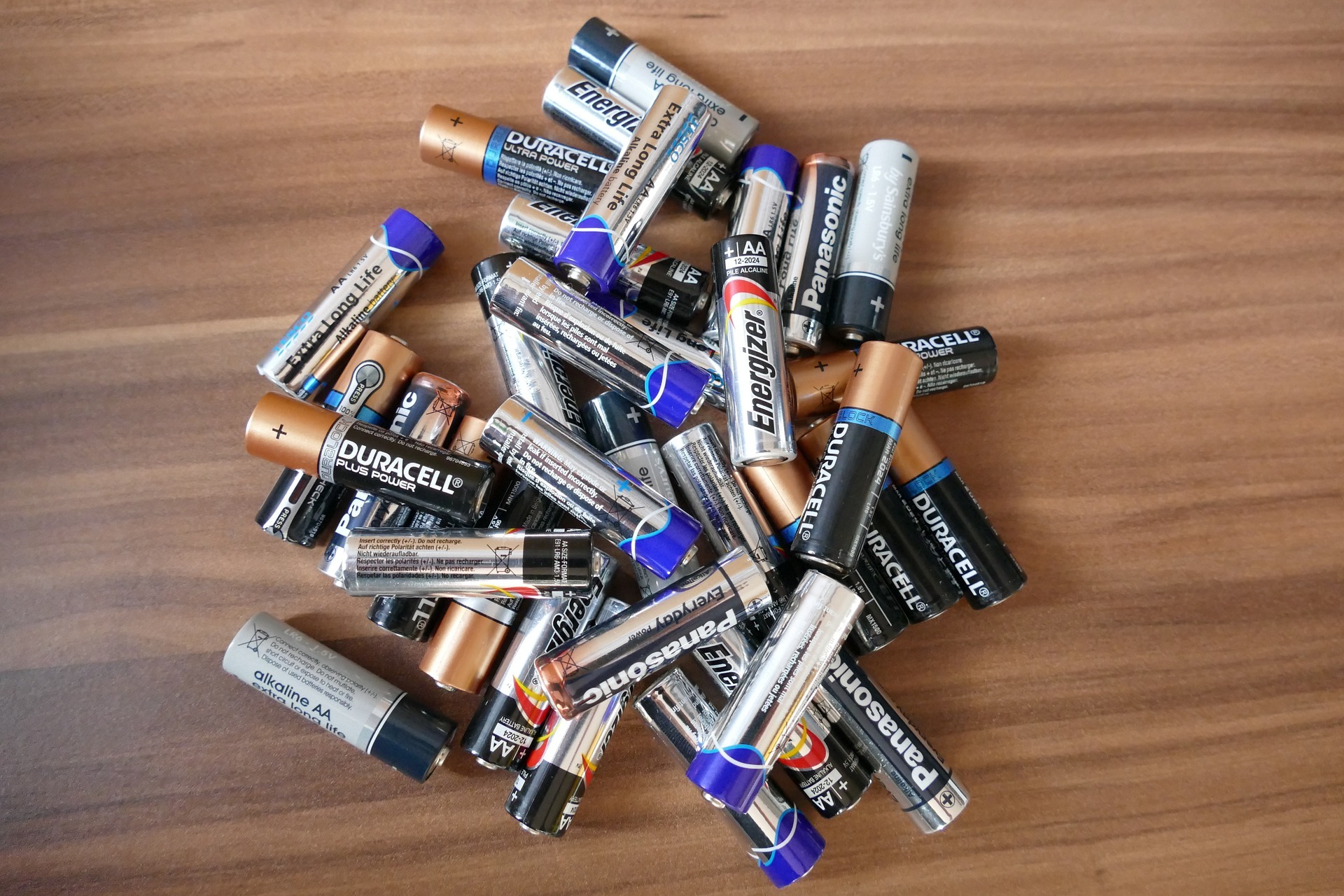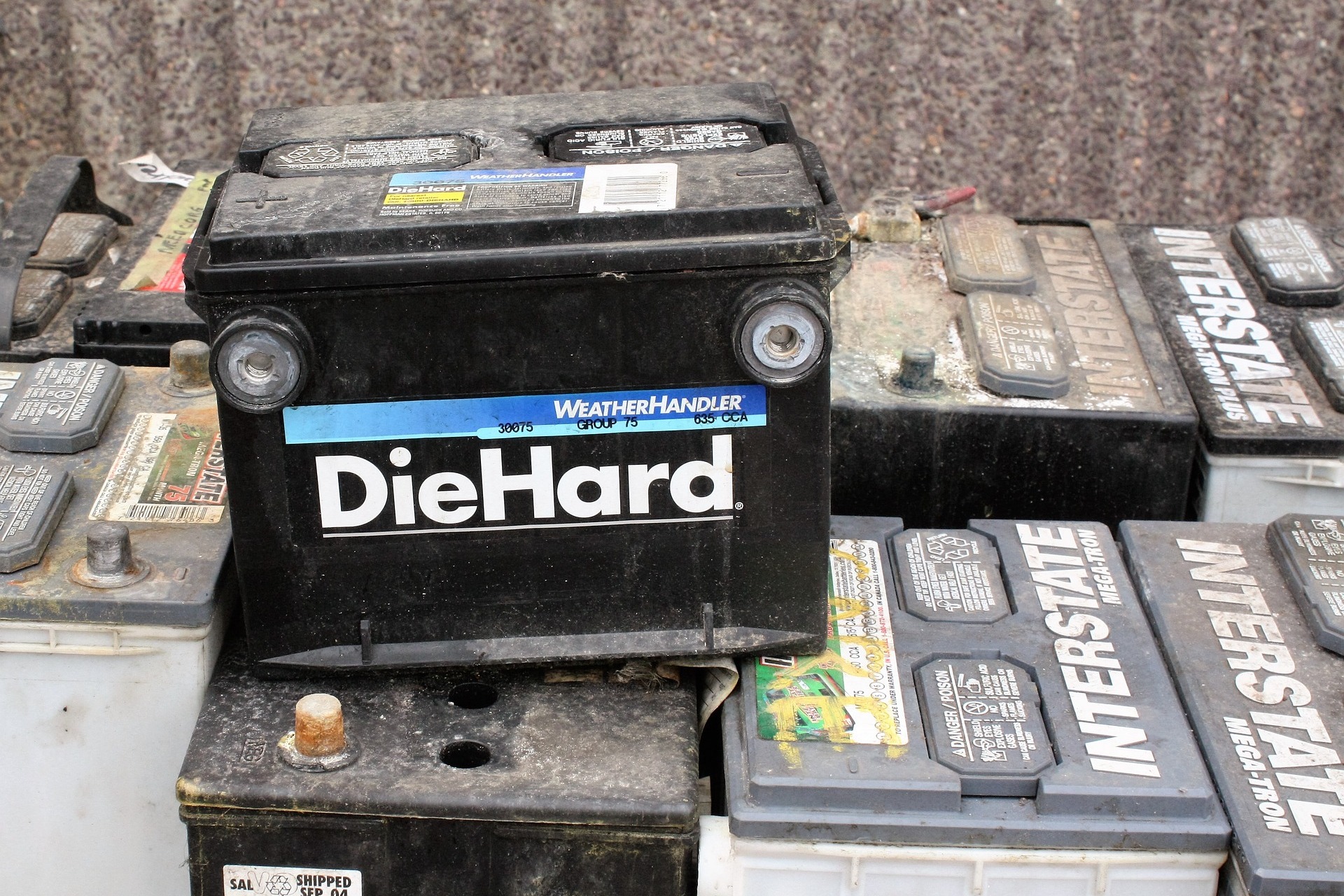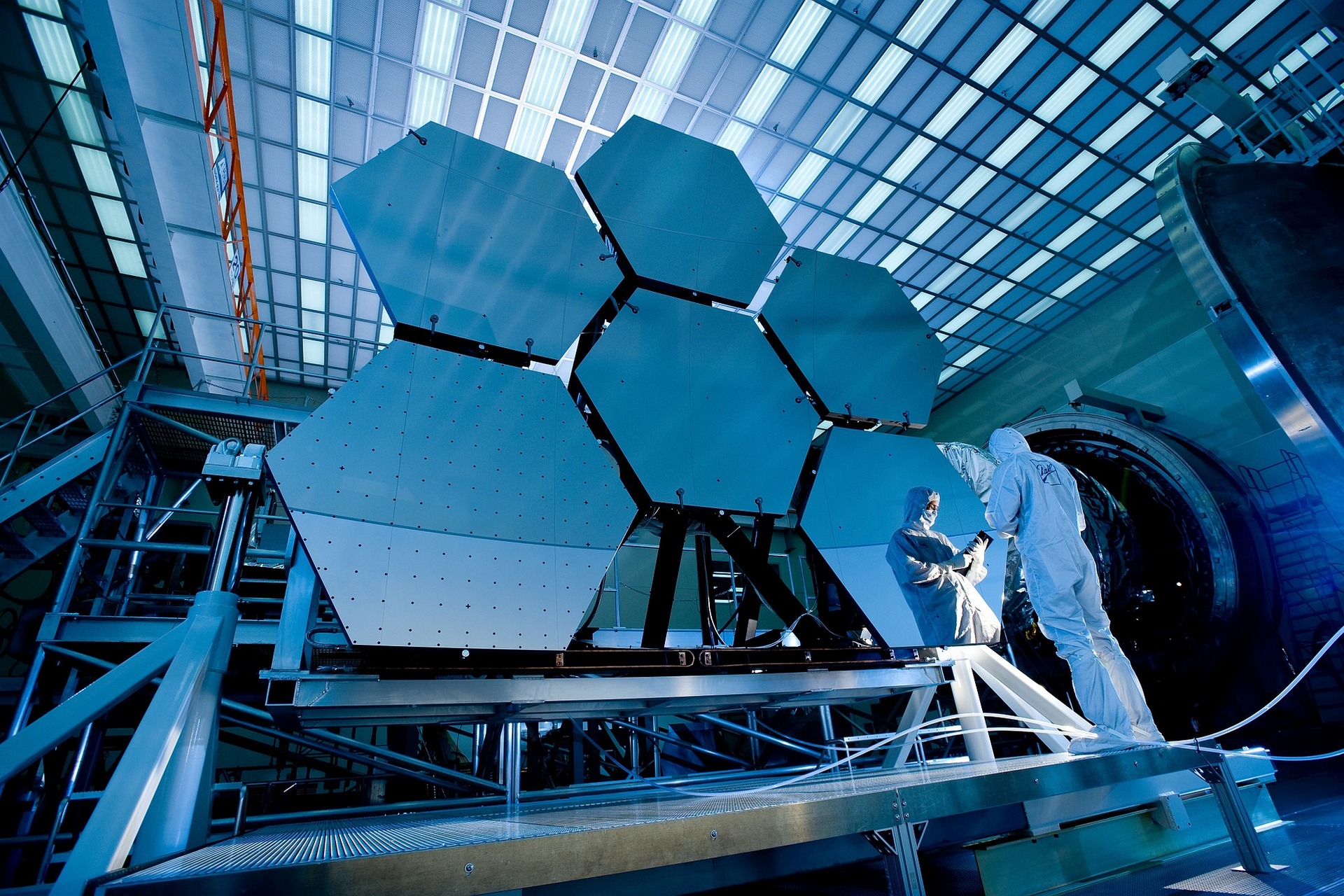According to the company’s plans, Tesla (NASDAQ:TSLA) should reach a production level of 500,000 vehicles per year in 2020. In the first quarter of 2020, just under 90,000 cars were produced. But Tesla isn’t the only one making electric cars. Almost the entire auto industry of the world is beginning to move away from the internal combustion engine.
Next year, Volkswagen’s plant in Zwickau, Germany, plans to produce exclusively electric cars. The automobile concern has decided to keep up with the times and produce more than 20 million new generation cars by the beginning of 2027. Electrification has also caught up with another German carmaker, BMW (DE:BMWG), which promises to create about 25 new electric car models by 2023. In November, Ford (NYSE:F) began taking orders for the Mustang Mach-E, an all-electric car of the legendary model that Ford plans to make by 2022. And Britain’s Jaguar Land Rover from Tata Motors (NYSE:TTM), intends to prequalify as an electric car manufacturer in the next 10 years. This implies that the electric car industry is entering a new round of development, on a much larger scale.
One of the main elements of any car, in addition to the motor, is a battery or battery. Almost all electric cars use lithium-ion batteries because they have a huge advantage over other batteries:
- high energy storage density;
- higher voltage;
- self-discharge – up to 6%;
- relatively long service life – at least 10 years – etc.
In 2017-2018, the growing number of electric cars has already provoked an incredible demand for lithium, and cars suddenly began to compete with laptops and smartphones for raw materials for lithium-ion batteries. The price of lithium in 2017 was as high as $20,000 per ton. After this surge in demand for lithium, companies producing this raw material more than tripled production, but cheaper oil meant that subsidies for electric cars took a back seat and demand for lithium did not rise to the level it was supposed to. And the lithium market became oversupplied. As a result, the price of lithium fell and is now at its lows, around $5600 per ton.
The coronovirus pandemic and the oil situation became a powerful new impetus for the renewed growth in demand for electric cars. European countries’ “green” policies and Asia’s technological drive toward electric cars are also contributing to the global scale of the industry. Which may increase demand for lithium-ion batteries and demand for lithium.
The most prominent and well-known example of explosive growth in the lithium-ion battery sector is Tesla’s $5 billion “gigafactory” in Nevada. Investment bank Berenberg estimates that the sector would need to increase battery production by an order of magnitude to grow to 1,165 GWh of capacity in 2026.
Right now, lithium-ion batteries can be found almost everywhere from tablets to medical equipment, the international space station and air transport, in addition to electric cars. In 2019, the three scientists who developed the lithium-ion battery were awarded the Nobel Prize in Chemistry.
To make up for the lack of supply in lithium-ion batteries, companies in the Asian market are seeking primarily to do so. Despite all the hype surrounding Tesla, the U.S. company does not produce the batteries itself, but buys them from its partner Panasonic (T:6752).
Contemporary Amperex Technology (SZ:300750), China’s largest manufacturer of fuel cells, lithium-ion and lithium-polymer batteries for electric vehicles and energy storage systems. The company is one of the world’s top three battery manufacturers.
The next producer of these batteries is China’s BYD (SZ:002594), which itself makes electric vehicles (Warren Buffett’s Berkshire Hathaway (NYSE:BRKb) owns a large stake in the company). In May 2020, BYD announced that it would begin expanding in Europe, primarily in Norway. BYD’s launch will consist of the Tang SUV and a number of commercial vehicles.
Other industry leaders are South Korean conglomerates LG Chem (KS:051915) and Samsung SDI (KS:006400). They supply batteries for Nissan (T:7201), General Motors (NYSE:GM), BMW and other electric car manufacturers. These five Asian companies and a number of other manufacturers intend to build 24 plants by 2021 with a total battery production capacity of 332 GWh.
Notably, shares of Contemporary Amperex Technology on the Chinese stock exchange rose nearly 15% in the last week and continue their 9-month rise.



